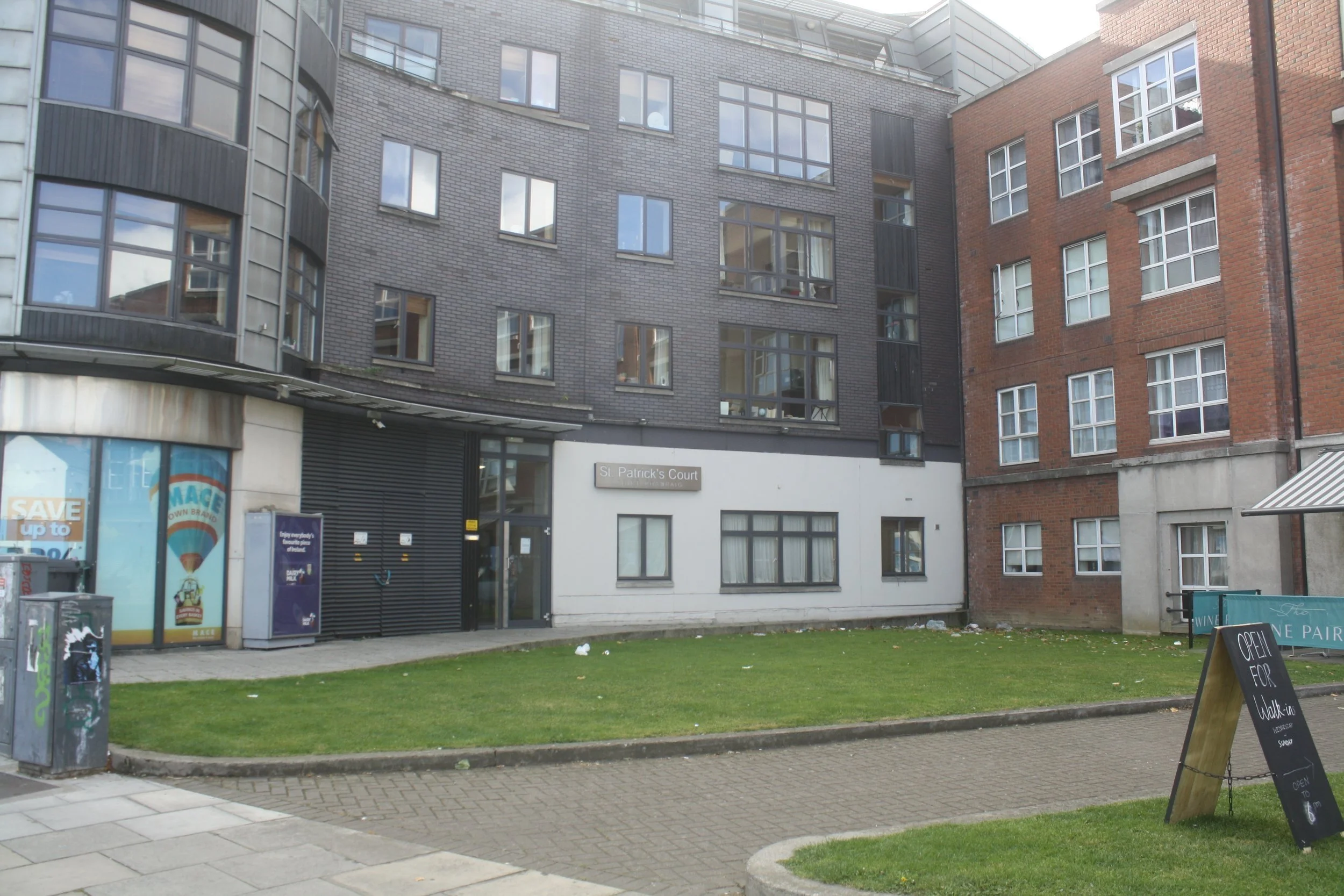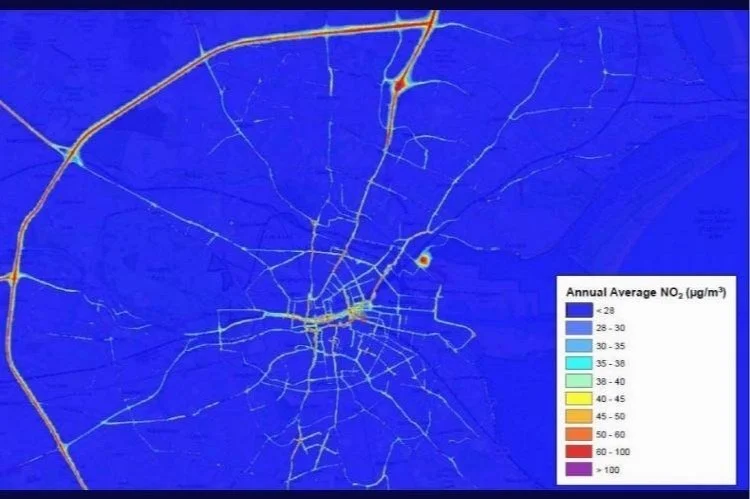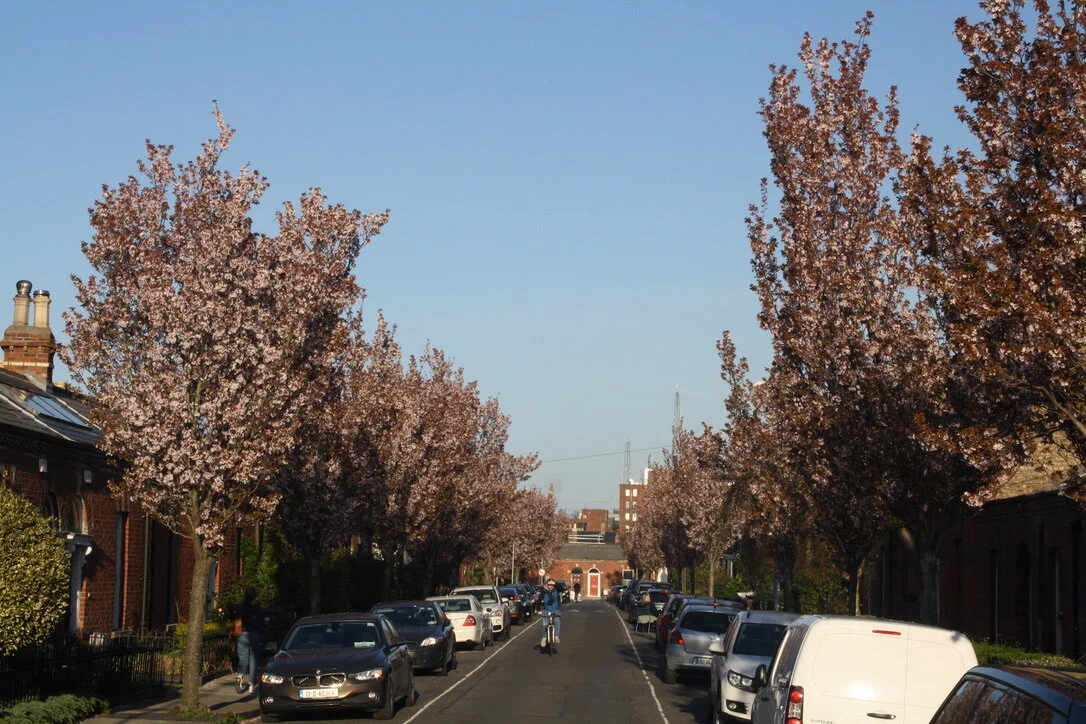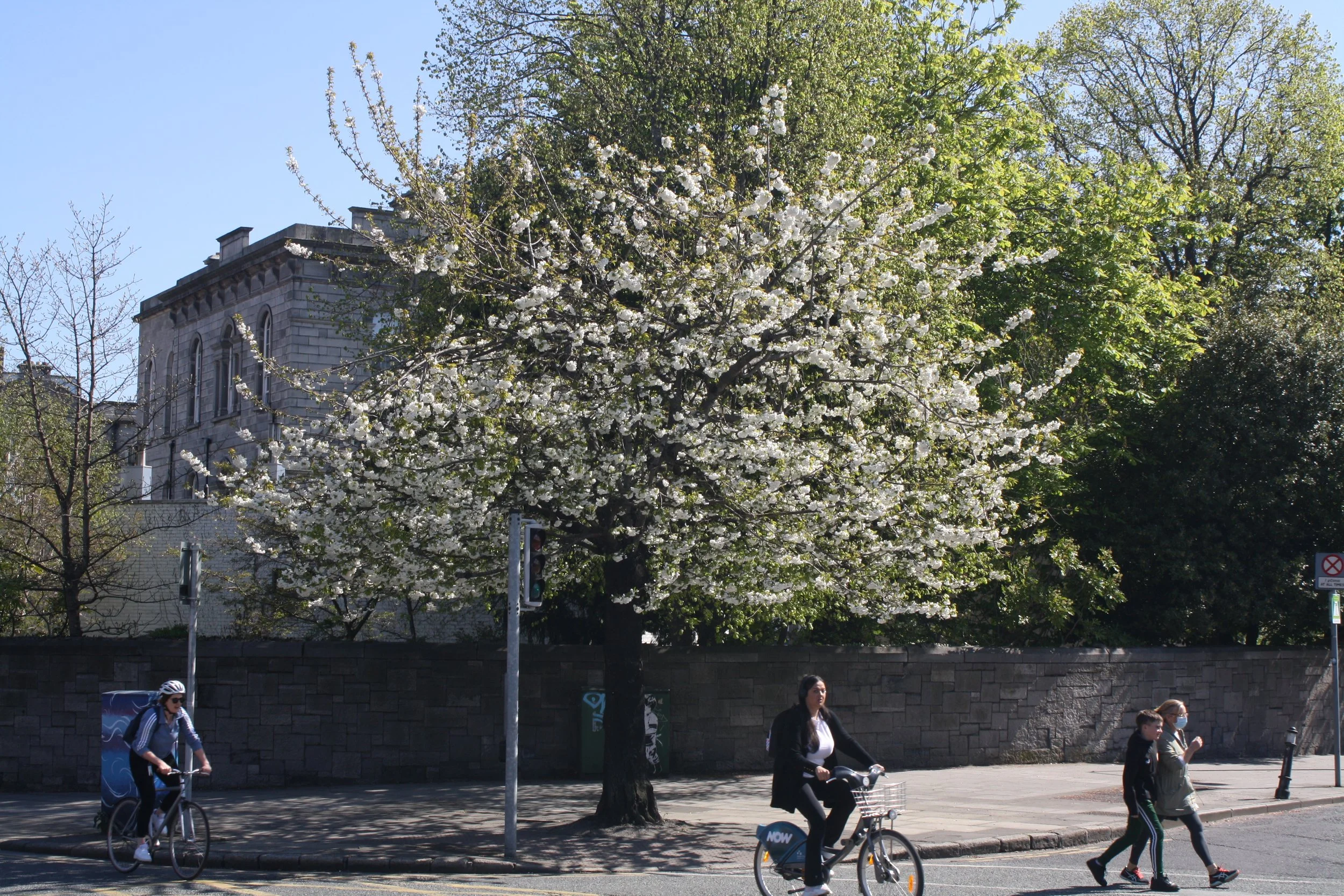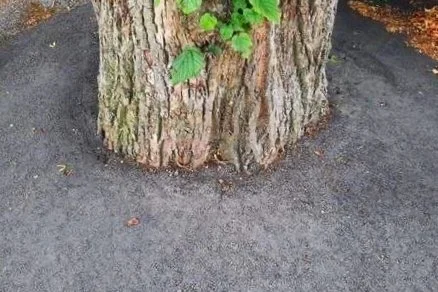
What are the current problems we face?
1. Disconnect with nature
An essential human connection with the natural world has been lost, particularly within our urban environs. We are living in the midst of a mass extinction. Global numbers of mammals, birds, fish, plants and insects have fallen by 68 percent in less than 50 years.
With 64% of Ireland’s population living in urban settings it seems our inaction on the climate and biodiversity emergency is in some way explained by our detachment from nature. Our siloed modern lives have facilitated this disconnect. Preserving, expanding and interacting with nature in our cities will be key to catalysing a successful global movement to mitigate the extent of the current crisis. It will help remind us that we are part of nature.
2. Wilful neglect of nature
We have a fraught relationship with nature particularly within urban environments. When nature inconveniences urban development we are impulsive and reckless, removing trees and rich ecosystems with little consideration for the consequences.
We excessively interfere with nature instead of giving it space to grow organically. It is viewed through a narrow, utilitarian lens only; as something which provides resources for human consumption. Our desire to assert control over nature needs to be reevaluated. Given this mindset is so prevalent, it is unsurprising that so many rich ecosystems including urban forests are frequently needlessly destroyed.
3. Air Quality & Public Health
Air pollution is a major cause of premature death and illness. It is the largest environmental threat in urban centres, and is directly associated with incidence of many acute and chronic illnesses including respiratory disease, obesity, heart disease and stroke.
Air quality can be substantially improved by the presence of trees. Several studies show that tree canopy creates lower rates of ‘psychological distress’. People are happier and less likely to suffer from depression when they have a connection to nature. However, at present we have inadequate tree cover in urban centres. Access to street trees and biodiversity in urban environments is often linked to socio-economic status.
4. Tree Canopy Cover & Management
A recent study has shown that Dublin’s existing tree canopy is low at 10.7%. This varies across councils with Dun Laoghaire-Rathdown and South Dublin County Council above and Fingal and Dublin City below the European average. The magnitude of the benefits offered by urban trees are dependent on careful planning and management: from planting of appropriate, diverse species in suitable locations to maintaining trees of varied ages, and providing adequate growing space.
At present tree canopy cover is much too low. There is little active management to maintain and sustain a healthy, mature canopy through effective succession planting in our urban centres.
5. A ‘Green Apartheid’
We know from research that a green apartheid exists in Dublin; a stark tree 'divide' between the south-east of the city and the west and south-west of Dublin. Residents of Ballsbridge, Dublin 4, are up to 20 times more likely to have a tree on their street than those living in Dublin’s North Inner City. Though complete data are not available, extensive literature would indicate this divide exists nationally.
Given the myriad of benefits that trees offer to communities, and how inexpensive they are to plant, this is entirely unacceptable and efforts must be made to prioritise the greening of those areas most in need as part of a ‘just transition’ to a greener society.
6. Urban Resilience
Climate change will expose our cities and homes to more frequent extreme weather conditions. The integration of trees and nature into urban space will be a vital resource to protect our living environments from these effects. Trees are natural air conditioners, wind breakers, and sponges. These natural qualities of trees can help moderate extreme temperatures, while also reducing flood risk.
At present we are ill-equipped to cope with the looming crises in our midst. While other European Capitals are already making major infrastructural investments to safeguard their urban centres, Ireland’s current efforts are piecemeal and lack a coherent national framework with explicit, measurable targets.
7. Media Apathy
Our national media has failed to grasp or communicate the existential threat posed by the climate and biodiversity crises, often framing climate action as costly and disruptive. It is unsurprising the coverage is minimal and underwhelming when our national broadcaster is sponsored by many of the state’s worst polluters. Vested interests groups still given air time to challenge unequivocal scientific evidence.
While there are exceptions, insufficient attention is given to the scale of the problem, or the nature based, regenerative solutions available within our urban environments.
8. Entrenched Cultural Norms
21st century thinking on urban design, which prioritises public over private interests, is often demonised and labelled radical, ill-informed or an attack on civil liberties. Given there are many well funded lobby groups that benefit from maintaining the status quo, challenging these accepted narratives remains unnecessarily fraught.
There is also often a belief among individuals and public bodies that nature must be presented in a neat and tidy form. This outlook dates back to Victorian times and leads to the over-manicuring of gardens and parks, excessive paving of surfaces and needless use of weedkillers. We need to rapidly reassess our priorities and embrace nature as a low cost, high reward solution to the many challenges we face.
